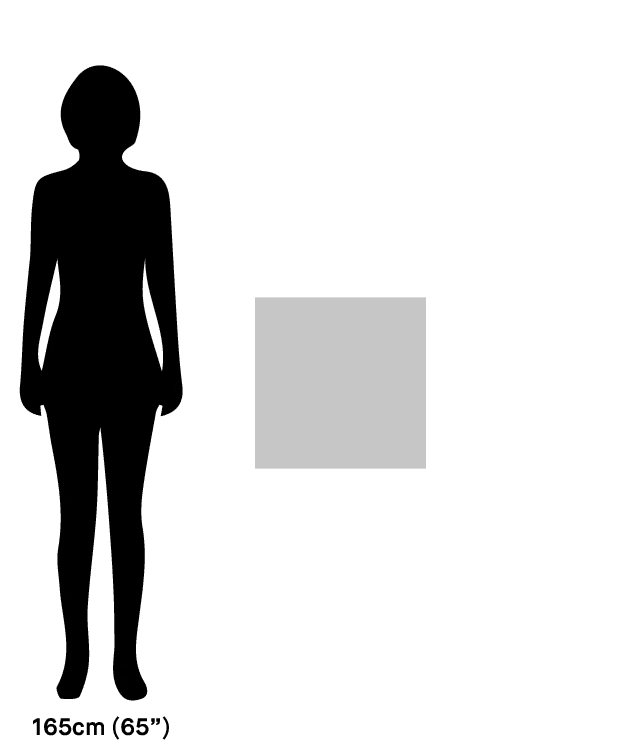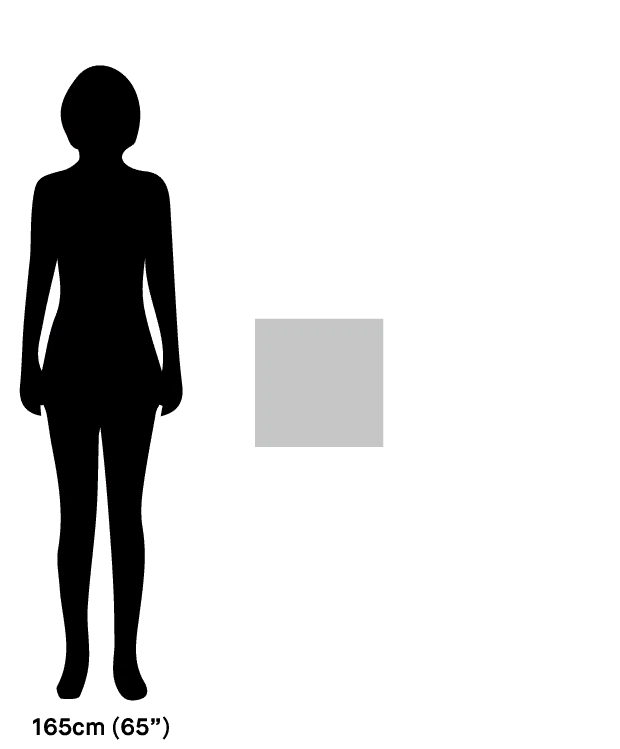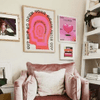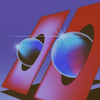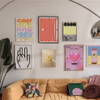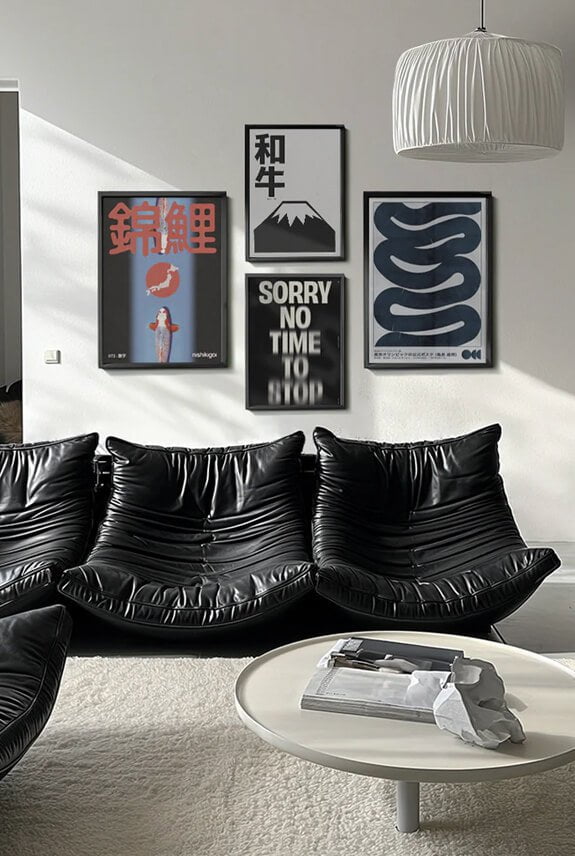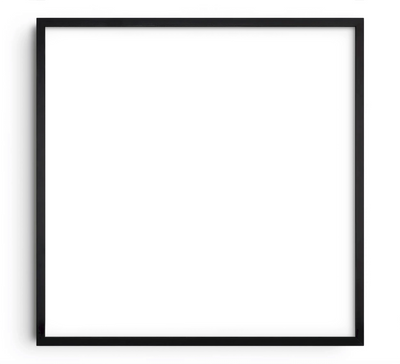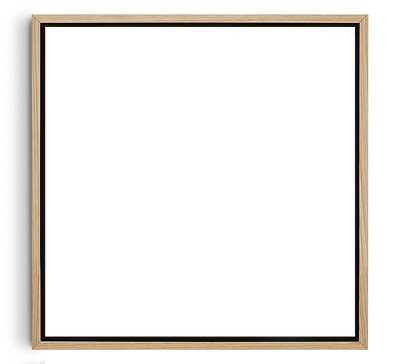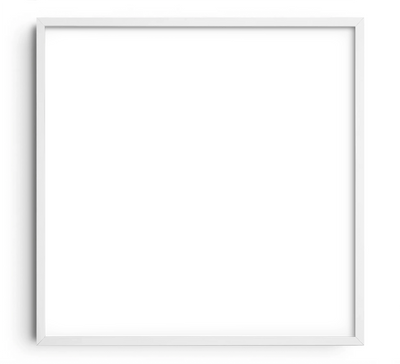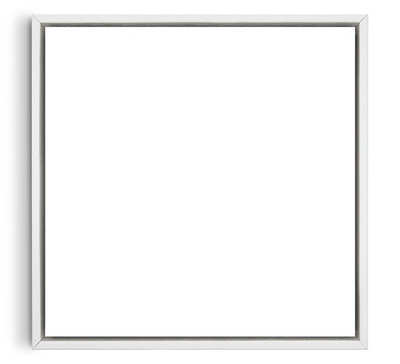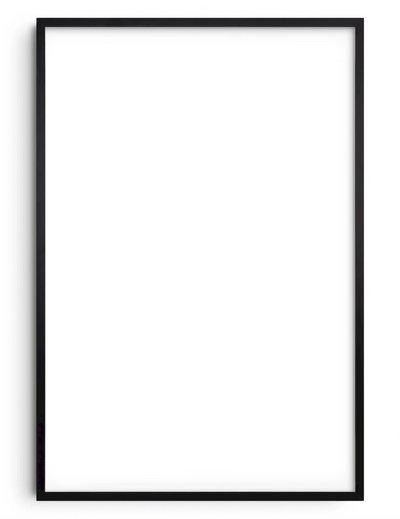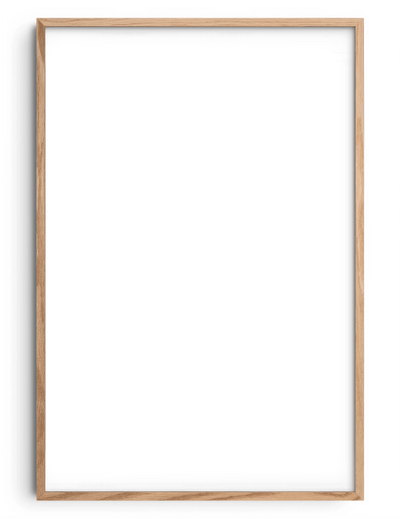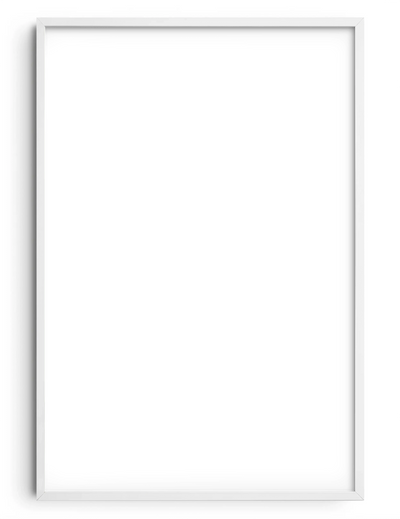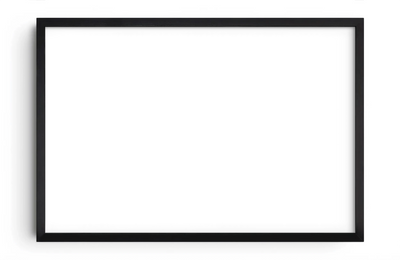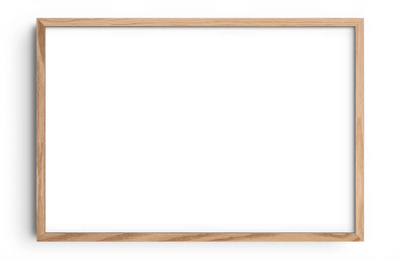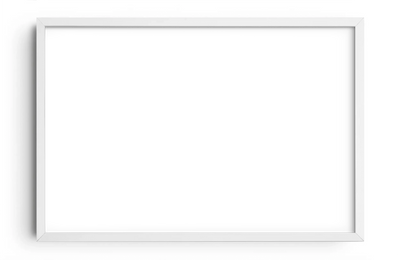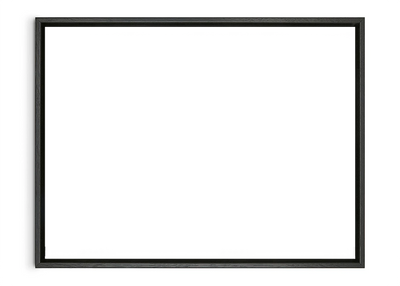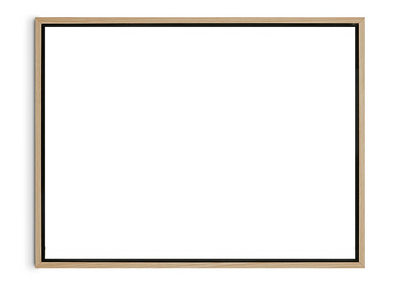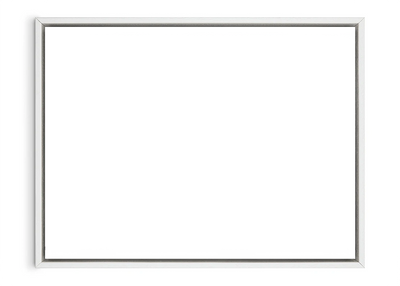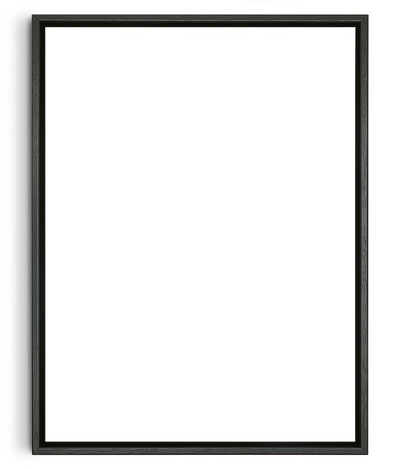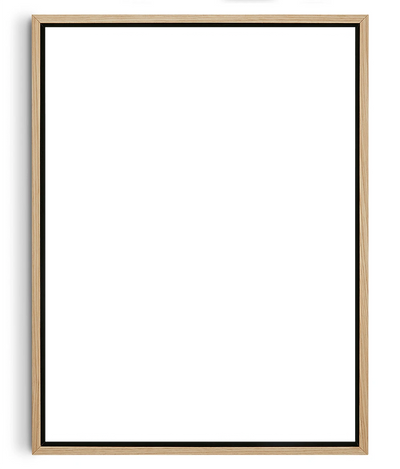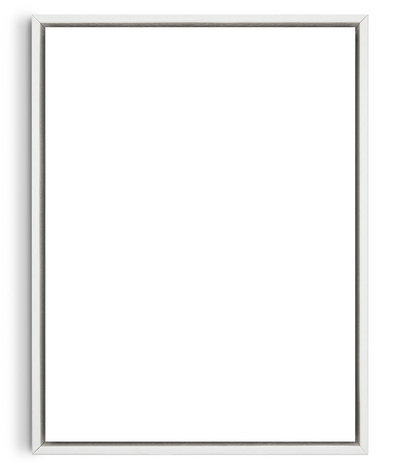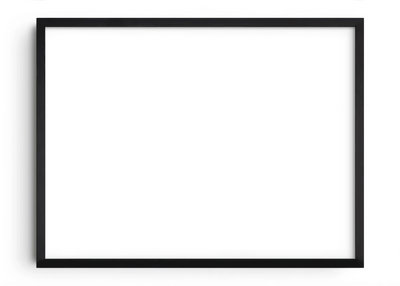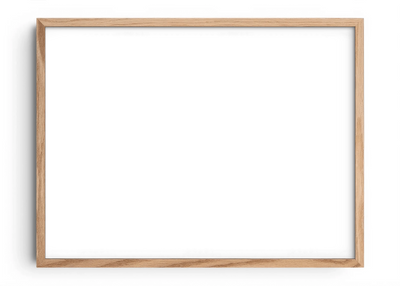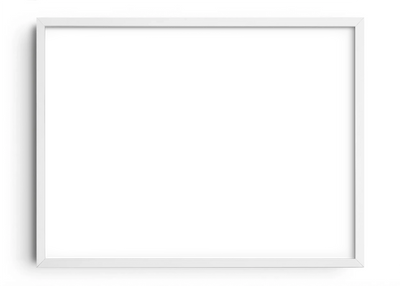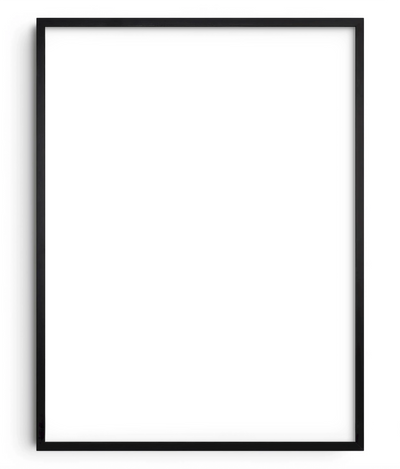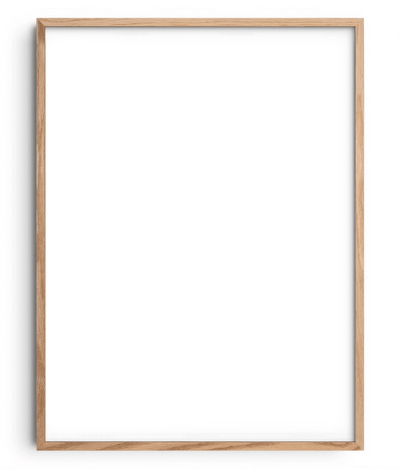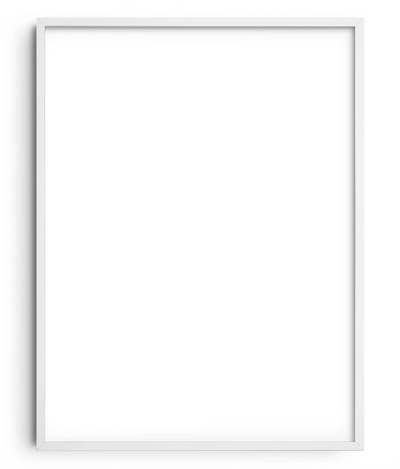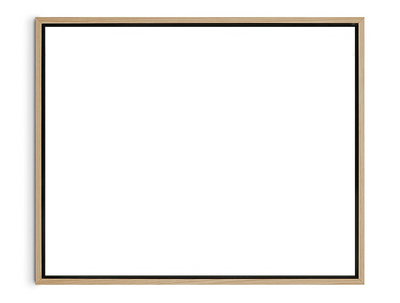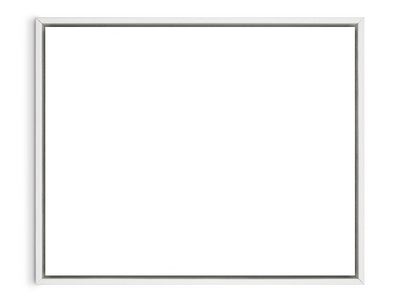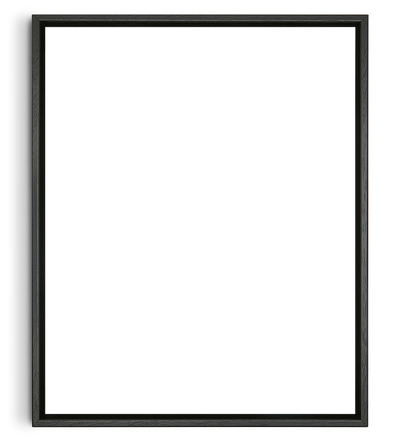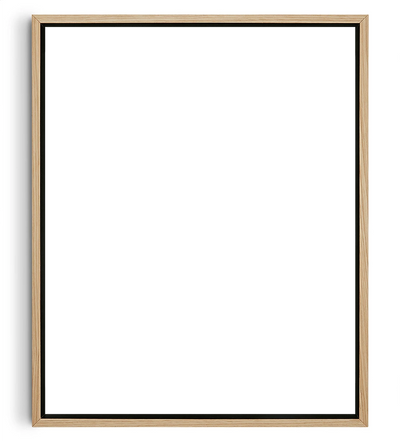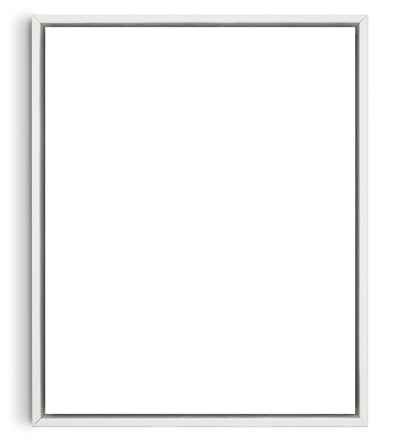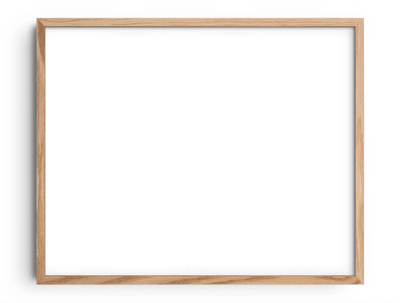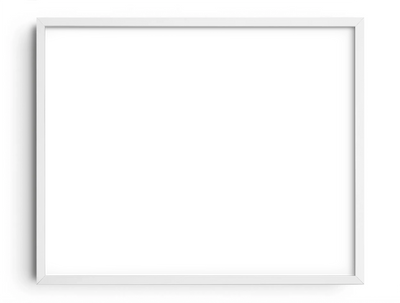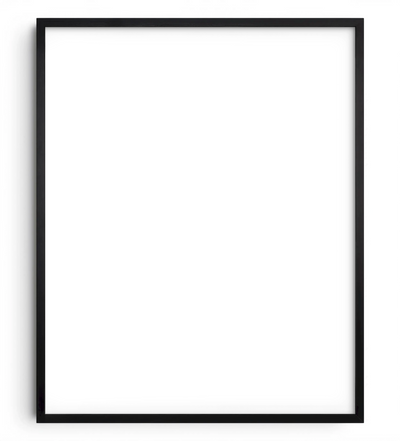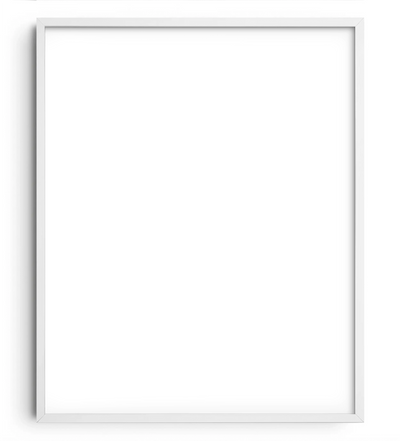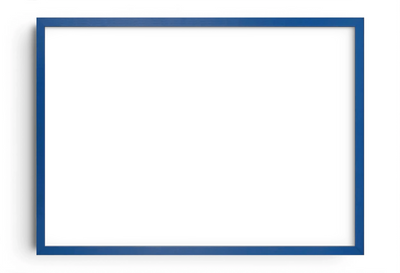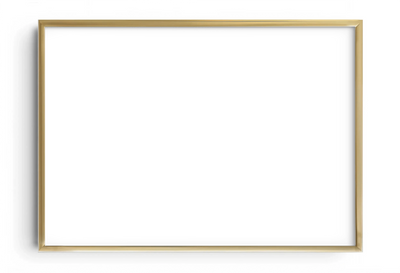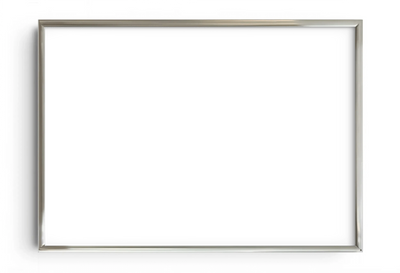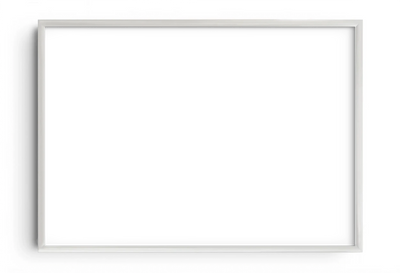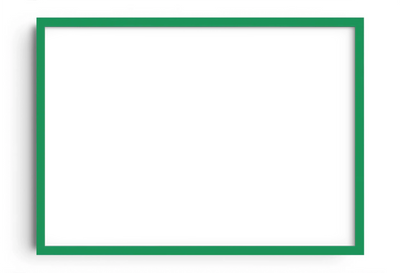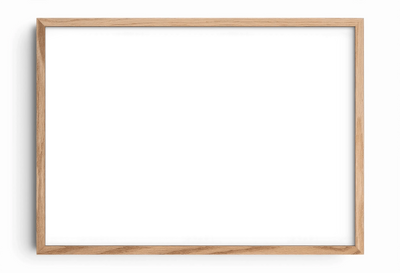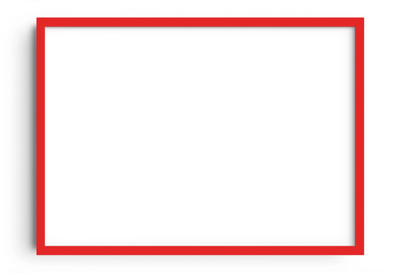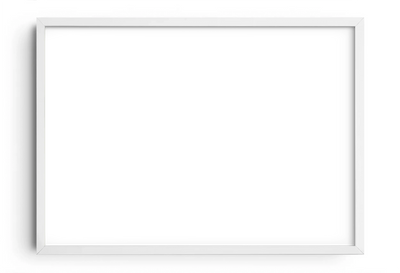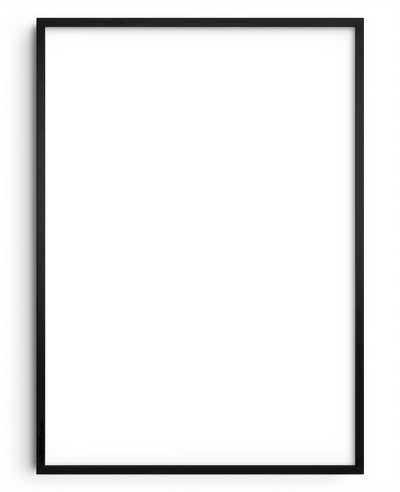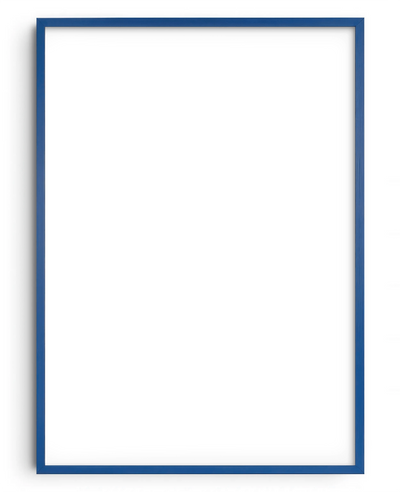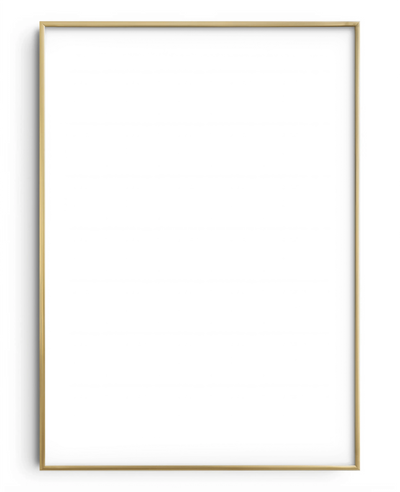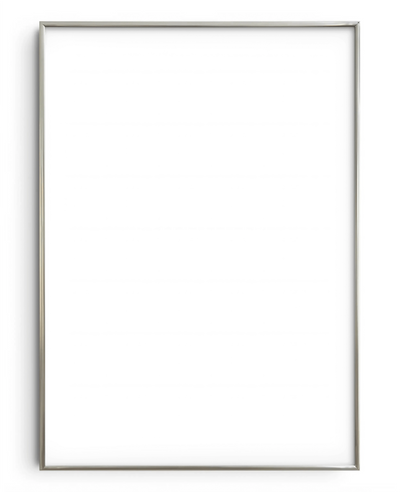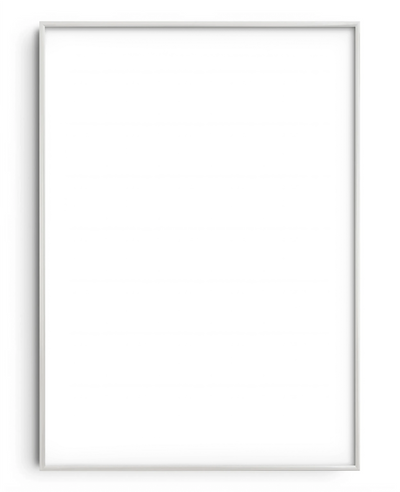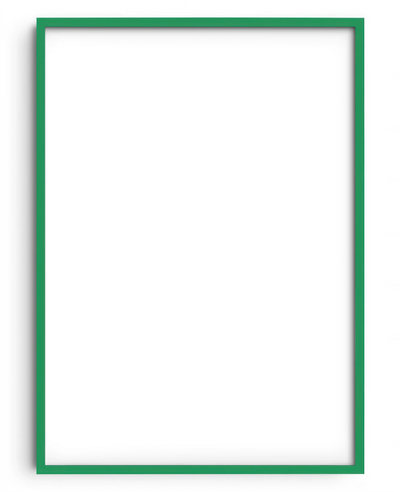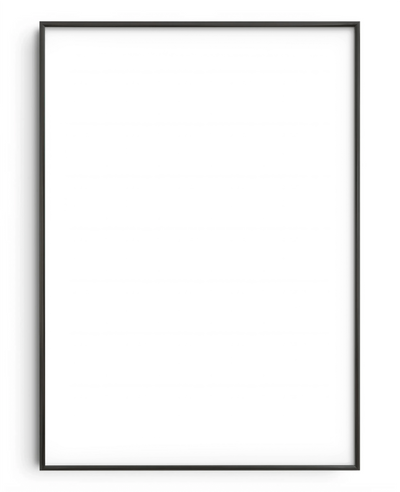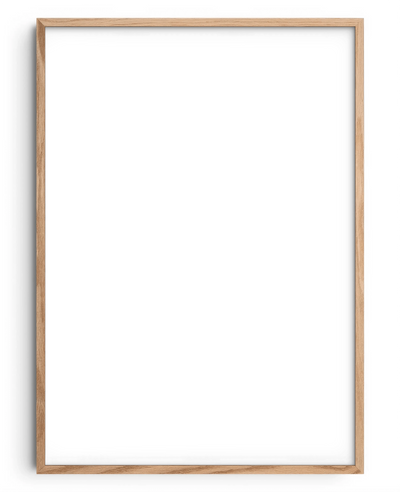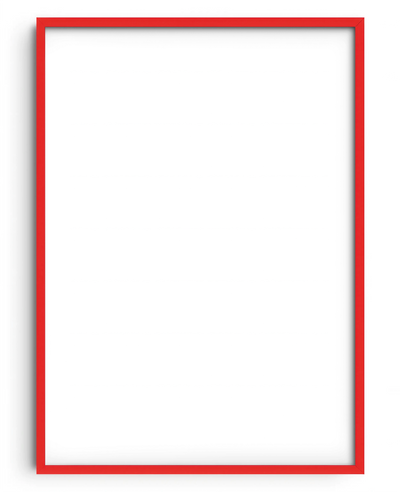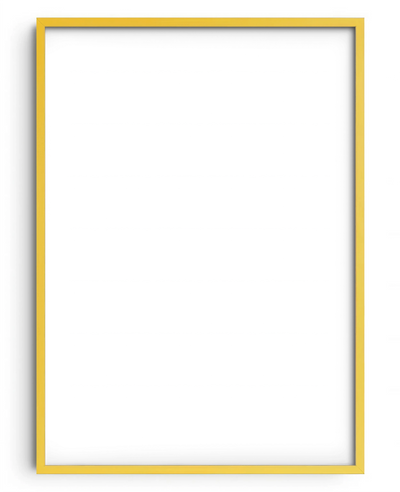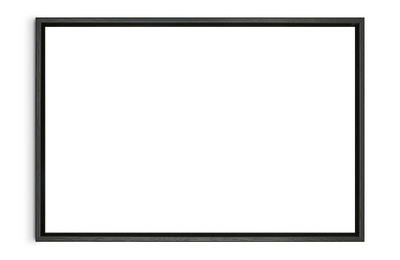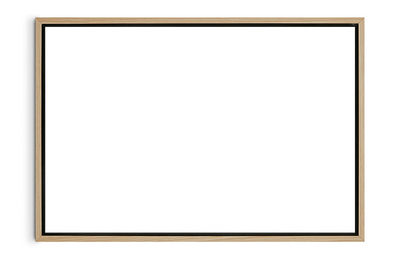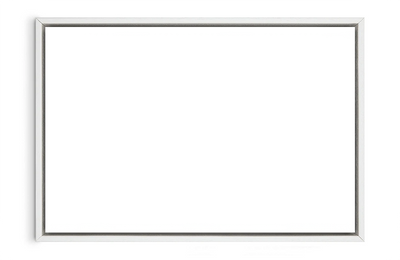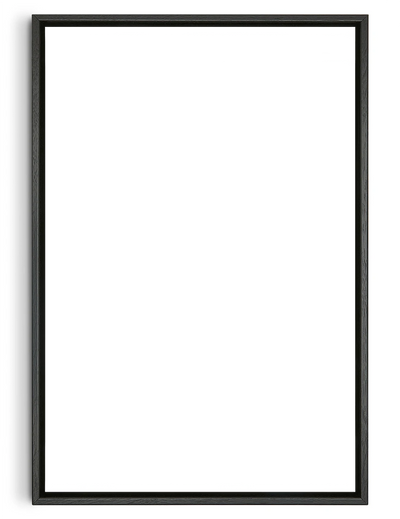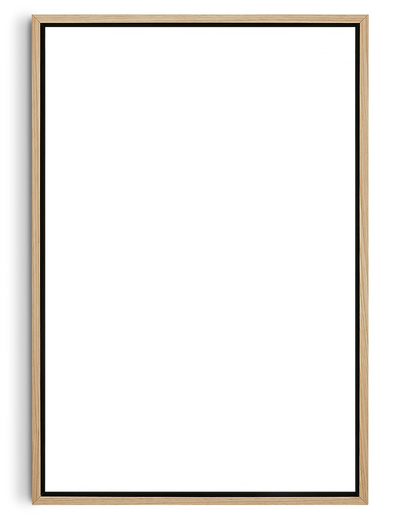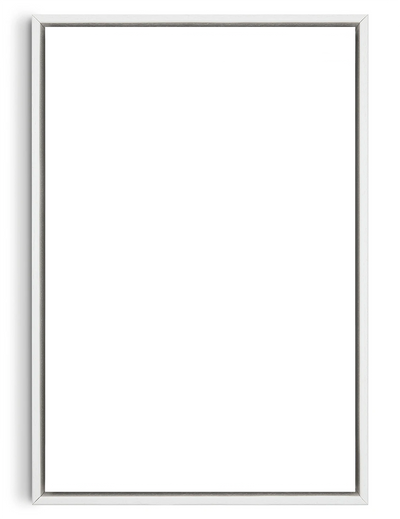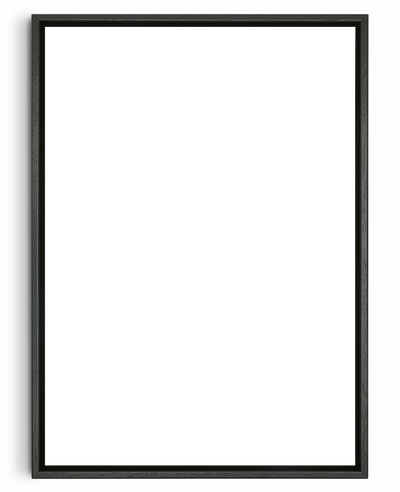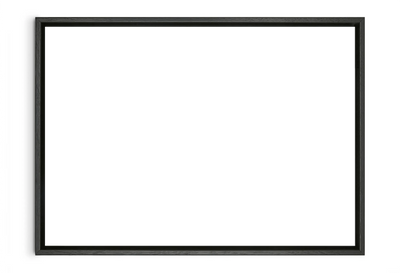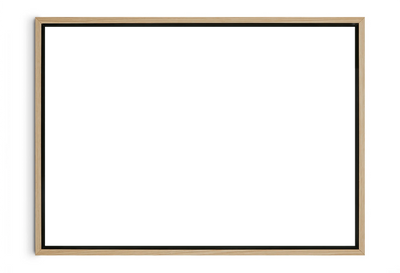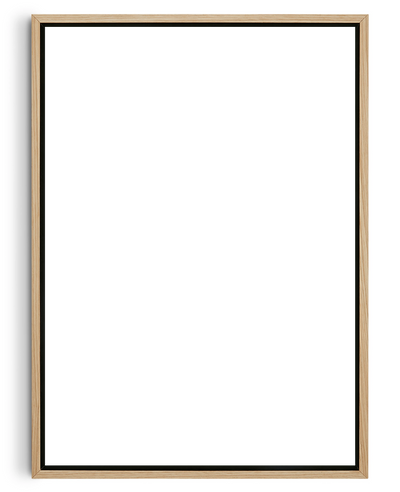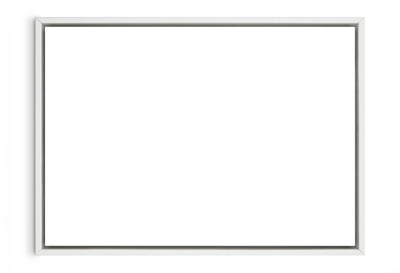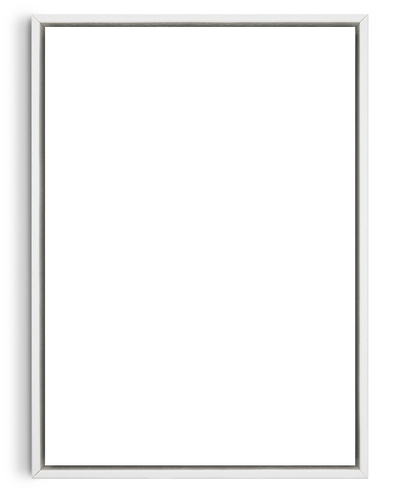Paper choices
When it comes to choosing the right fine art paper for your artwork, it ultimately comes down to personal preference. But you can ask yourself some questions to help with the decision making process. Like, will the paper work well with your art form? do you want a textured paper? Should it be durable? and how much do you intend to sell each print for? As our papers fluctuate greatly in price, with our premium branded paper costing on average 30% more than our Smooth Art Paper
A top-quality, unbranded fine art paper that offers great affordability and versatility. With a smooth, clean matte finish this paper is extremely consistent and works amazingly with full-colour graphics, illustrations, fine art and photography. The matte finish emphasises highlights and tones in the source artworks; helping to create stunning works of art
| Price | £ |
| Texture | Slight |
| Finish | Matte |

A photographic paper with a satin lustre finish, providing a subtle pearl-like texture. Supporting deeper colour-saturation than matt papers, this paper produces impressive colour depth and strikingly intense blacks
| Price | £ |
| Texture | None |
| Finish | Lustre / semi-gloss |

Hahnemühle Photo Rag 308gsm
A heavyweight matte paper made of 100% cotton rag with a natural white tone and excellent black saturation. Popular among professional photographers and illustrators, this paper has a chalky smooth cotton feel which creates smooth colour gradients. So it produces very premium-quality print reproductions
| Price | £££ |
| Texture | Slightly |
| Finish | Matte |

Hahnemühle German Etching 310gsm
A heavyweight matte paper with a more textured finish than Hahnemühle Photorag, giving it a more fine art feel. It creates a print with strong colours and deep blacks that feel rich and high in contrast. Due to the texture of the paper, it holds more ink and captures the light
| Price | £££ |
| Texture | High |
| Finish | Matte |


Sizing up your art
You need to match the dimensions of your artwork file with our print sizes. Start by looking at the pixels of your artwork file, then reference the table below to see the largest print dimension you can produce. Once you find this, look at the aspect ratio of that size in the table below to see if there are smaller sizes that have the same aspect ratio. As matching aspect ratios means your artwork can be scaled down to these sizes with no alterations to your artwork (we've used colour coding to pair the matching aspect ratios for you to easily identify the different sizes you could produce your artwork at)
For example, if your artwork file was 7205x9605px, then your artwork has an aspect ratio of 1.33:1 and could be printed at 24x32". But we also have 3 over smaller print sizes with the same aspect ratio, meaning your artwork could also be printed at 18x24", 12x16" and 6x8" if you wanted
If your artwork doesn't match any of the dimensions or aspect ratios listed, then we have some walkthroughs on working with irregular artwork file sizes HERE. As you may have to crop your image or add a white border
Statistically, offering 3-4 print sizes is going to increase the likelihood of people buying
| Print size | Digital artwork dimentions (standard) |
|---|---|
| 6x8" (15x20cm) | 1800x2400px (300dpi) |
| 8x10" (20x25cm) | 2400x3000px (300dpi) |
| 8.3x11.7" (A4) | 2490x3510px (300dpi) |
| 12x12" (30x30cm) | 3600x3600px (300dpi) |
| 11x14" (28x35.5cm) | 3300x4200px (300dpi) |
| 12x16" (30x40cm) | 3600x4800px (300dpi) |
| 12x18" (30x45cm) | 3600x5400px (300dpi) |
| 11.7x16.5" (A3) | 3510x4950px (300dpi) |
| 16x20" (40x50cm) | 4800x6000px (300dpi) |
| 16.5x23.4" (A2) | 4950x7020px (300dpi) |
| 20x20" (50x50cm) | 6000x6000px (300dpi) |
| 18x24" (45x60cm) | 5400x7200px (300dpi) |
| 20x28" (50x70cm) | 6000x8400px (300dpi) |
| 24x32" (60x80cm) | 7200x9600px (300dpi) |
| 23.4x33.1" (A1) | 7020x9930px (300dpi) |
| 28x28" (70x70cm) | 8400x8400px (300dpi) |
| 24x36" (60x90cm) | 7200x10800px (300dpi) |
| 28x40" (70x100cm) | 8400x12000px (300dpi) |
Should I sell as limited edition?
Sell your artwork as limited edition prints can be a great way to create a sense of urgency for people to buy your print, charger a higher retail price and generate interest among collectors
Choose the addition size carefully
Limited edition prints tend to be more valuable than unlimited/open editions, but once you set the size you won't be able to change your mind and create more images, even if they sold more quickly than you thought. This isn’t a matter of simply going back on your word – which is bad enough for your reputation on its own – it lowers the value of the pieces you have already sold. So although you'll be able to charge more for a lower number of prints in an edition, it's best to select your edition size based on your gut feeling of how many prints you'd like to sell
Leave room for options
Limited editions may be made at different sizes as long as it's clearly communicated with your buyers. This leaves you some opportunity to create a large scale size A0 limited edition print for example, and then an unlimited edition of an A5 print of the same artwork at a later date
To frame or not to frame?
Frames play an important role, as they house and distinguish your artwork, while also protecting it. To simplify things, we currently offer one affordable global frame option, as well as a more premium bespoke framing service. Our global frame has been carefully chosen as a modern frame that is milled from real wood, with simple clean lines and presented with a satin finish. It features a square profile and measures 20mm (front face) by 23mm (depth from wall)
All artworks are sold by default with the optional add-on for customers to choose a frame which is either full bleed or mounted. This offers them great ease and amazing affordability. We also have bespoke options













